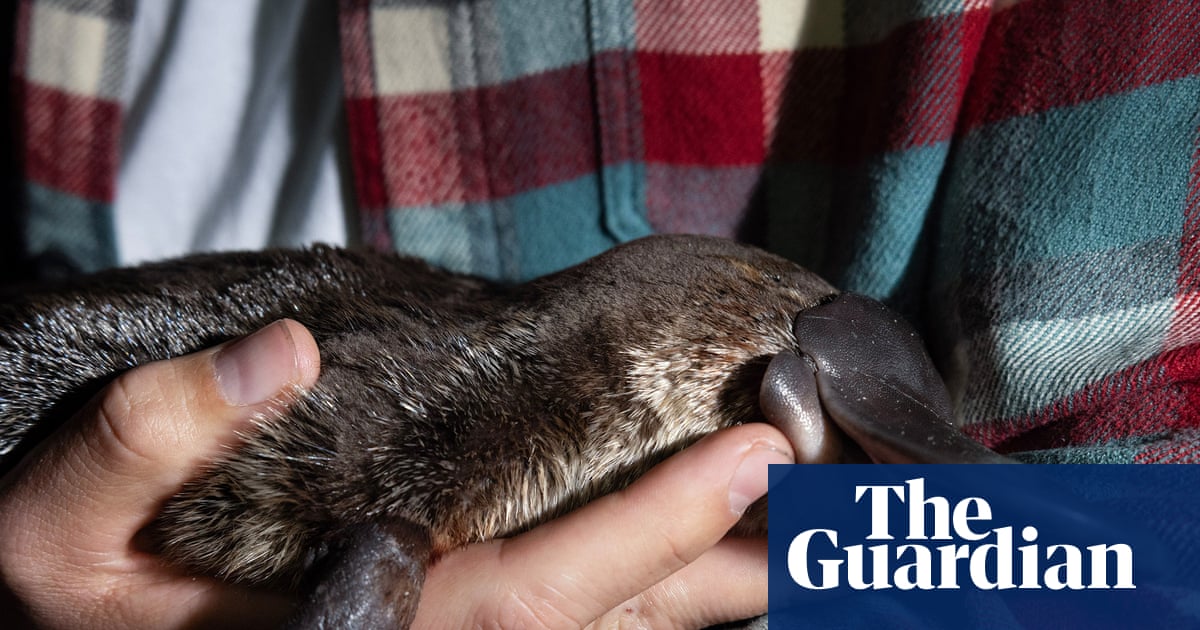
"Hunting platypuses takes patience. On Thursday afternoon, I headed into the royal national park, south of Sydney, with researchers who had reintroduced a small population of the elusive monotremes two years ago. There were nets and torches and our dinner. It could be a long wait. The platypus was thought to be locally extinct by the 1970s, after a chemical spill on a nearby highway washed through streams and the Hacking River, devastating the delicate ecosystem that platypuses need to thrive."
"The platypus was thought to be locally extinct by the 1970s, after a chemical spill on a nearby highway washed through streams and the Hacking River, devastating the delicate ecosystem that platypuses need to thrive. But then, in 2023, Dr Gilad Bino, an ecologist and freshwater biologist at the University of New South Wales, and his colleague, Dr Tahneal Hawke, introduced 10 platypuses into the national park in the hope of reestablishing a thriving population."
A platypus population was reintroduced to Royal National Park in 2023 by Dr Gilad Bino and Dr Tahneal Hawke, releasing 10 individuals. A newborn named Gilli was discovered in early 2024, and three more adults were introduced in May to bolster the population. Each introduced platypus carries a small transmitter that signals to 40 underwater receivers along the Hacking River to monitor movements and survival. Platypuses can range over 5 km and move across land, riverbeds and into weirs while foraging. Local extinction in the 1970s followed a chemical spill that devastated essential stream and river habitat.
Read at www.theguardian.com
Unable to calculate read time
Collection
[
|
...
]